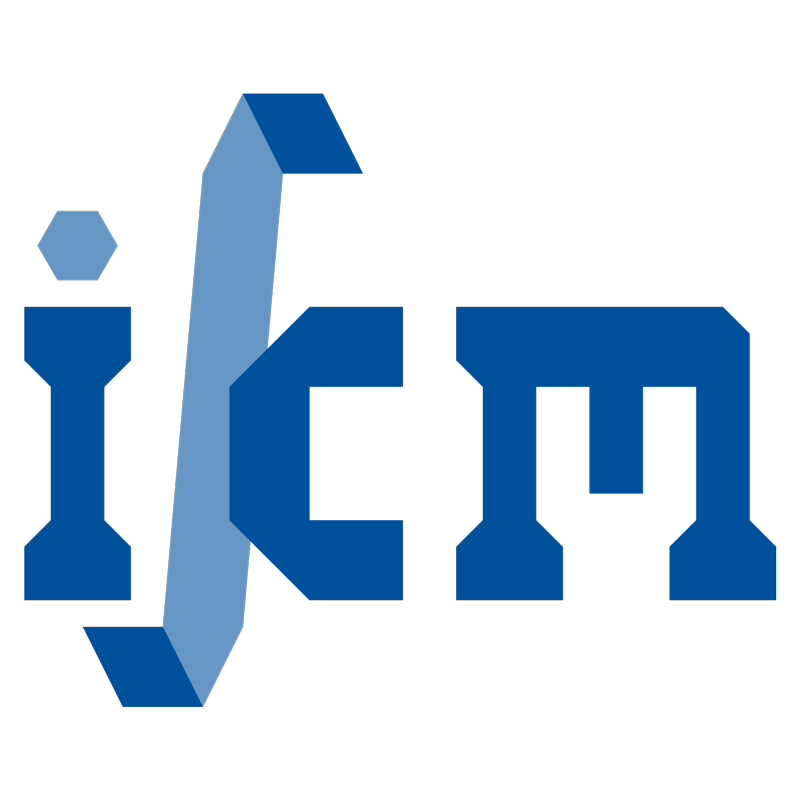Zonal free element method for free and forced vibration analysis of two- and three-dimensional structures
- authored by
- Bin Li, Jing da Li, Hua yu Liu, Miao Cui, Jun Lv, Bing bing Xu, Xiao wei Gao
- Abstract
This paper presents a new numerical method called the zonal free element method (ZFREM) for the free and forced vibration analysis of elastodynamic problems. In this approach, a complex computational domain is divided into some simple zones and generates a series of regularly arranged nodes in each zone, which can improve the accuracy during the analysis of complex models. The distinguishing feature of the ZFREM is that an independent isoparametric element is formed by only one freely chosen surrounding node at each configuration node. In this method, the mass term exists only in the internal nodes, which can accelerate the assembly of the final system equations. Building upon this foundation, the present study developed the Krylov reduced dimensional iterative method, which approximates the solution of the equation system by constructing a lower-dimensional subspace. This approach avoids the complex equation transformations involved in traditional algorithms for solving eigenvalue problems, thereby further enhancing computational efficiency. Moreover, to tackle damped vibration problems encountered in engineering applications, the proposed method is further extended to solve the non-linear forced vibration problems. The accuracy and effectiveness of the method are verified by numerical examples of free and forced vibration problems.
- Organisation(s)
-
Institute of Continuum Mechanics
- External Organisation(s)
-
Dalian University of Technology
- Type
- Article
- Journal
- Computers and Structures
- Volume
- 299
- No. of pages
- 16
- ISSN
- 0045-7949
- Publication date
- 01.08.2024
- Publication status
- Published
- Peer reviewed
- Yes
- ASJC Scopus subject areas
- Civil and Structural Engineering, Modelling and Simulation, General Materials Science, Mechanical Engineering, Computer Science Applications
- Electronic version(s)
-
https://doi.org/10.1016/j.compstruc.2024.107400 (Access:
Closed)
-
Details in the research portal "Research@Leibniz University"


